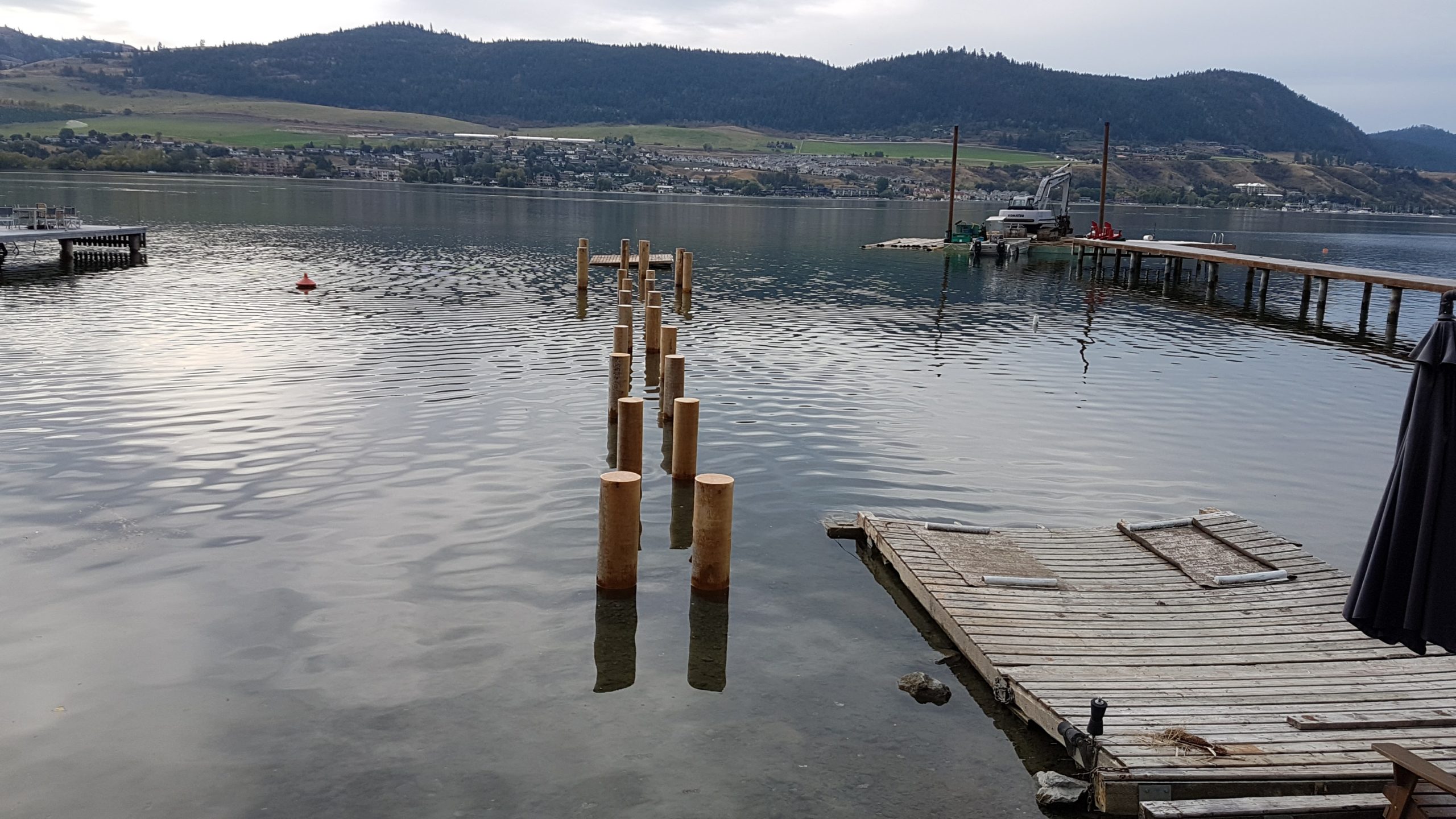Written By: Rhia Whittaker, Grad.Tech.
We are coming into spring and summer and this means a lot of project planning over the winter will be sprouting to life. In the Okanagan we are fortunate enough to have large bodies of water to admire and to enjoy recreational but, with this comes great responsibility.

To protect and manage development in and near riparian and aquatic environments, there are two primary types of Provincial Permits required for “Changes in and about a Stream”: A Notification and/or an Approval.
A Notification is used for low risk activities that would have minimal impacts to the riparian and aquatic environment, while an Approval is used for projects with higher risk and increased complexity. The Approval is also known as a “Section 11” in the Water Sustainability Act (WSA) (previously known as a “Section 9.”) A Notification notifies the Provincial Government of the works, while an Approval is a written authority from the Provincial Government that grants works in and around a Stream. Both will provide specific terms and conditions attached to the permit.
As described in the WSA, “Changes in and about a Stream” are defined as:
- “Any modification to the nature of a stream, including any modification to the land, vegetation and natural environment of a stream or the flow of water in a stream, or
- Any activity or construction within a stream channel that has or may have an impact on a stream or a stream channel.”

Under the WSA, the term “Stream” is used to define a natural water feature such as a lake, river, creek, spring, ravine, swamp, gulch, wetland or glacier, whether usually containing water or not, including ice[1]. At certain times of the year, these features may not contain water at all. They could be ephemeral or intermittent. However, they are still considered a “Stream” under the Act.
The decision on whether you need a Notification, or an Approval is based on the amount of risk that comes with the activity. Each Application provides a detailed project description so that a Habitat Officer with the Ministry can determine what terms and conditions would apply, and what protection measures are necessary to limit impacts. These will vary from region to region and may be project specific.
It is recommended to submit your application at least 45 days before the work is planned to begin, as there is a 45-day review period that Habitat Officers have to make a decision. Some application can take longer than 45 days if they involve additional permits or are particularly complex.
The process of applying for such permits often requires professional knowledge from a Qualified Environmental Professional (QEP). Sage Environmental Consultants are well versed in the application process for both Notifications and Approvals. If you have a project in mind, feel free to give us a call to determine which you should be applying for.
[1] Government of British Columbia. 2020, March 11. Water Sustainability Act [SBC 2014] Chapter 15. http://www.bclaws.ca/civix/document/id/complete/statreg/14015

